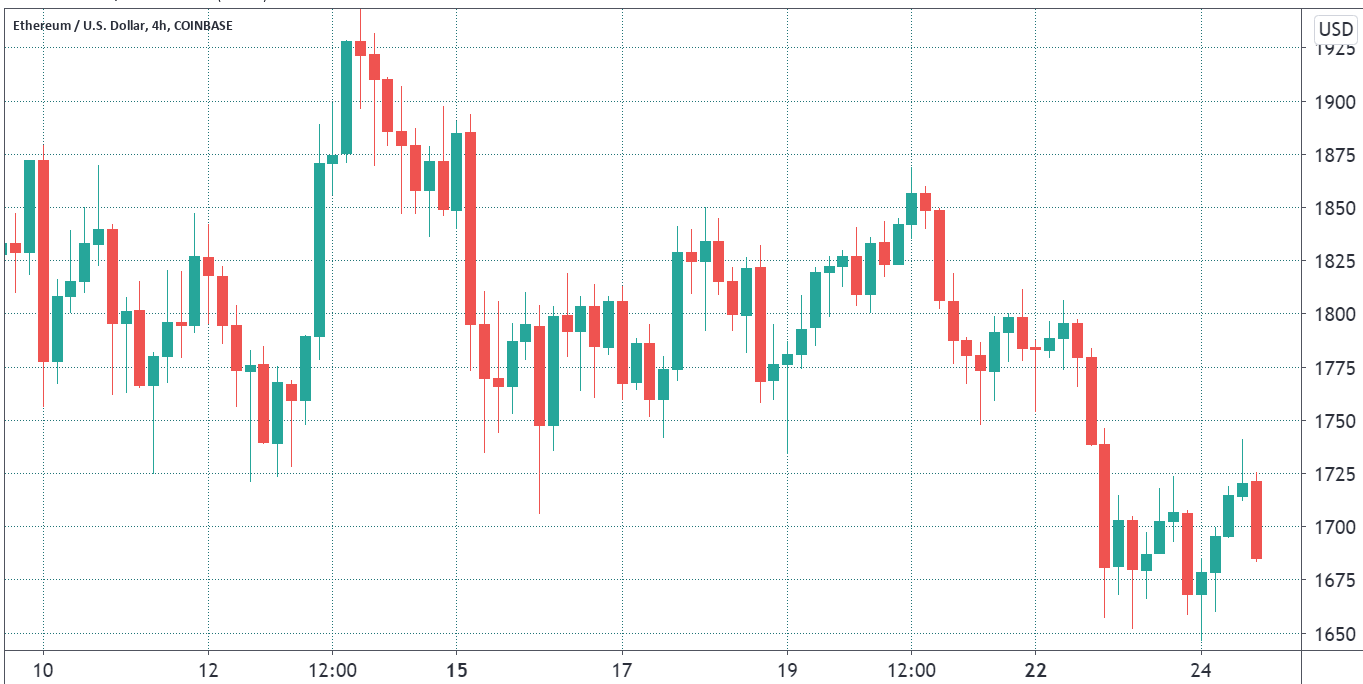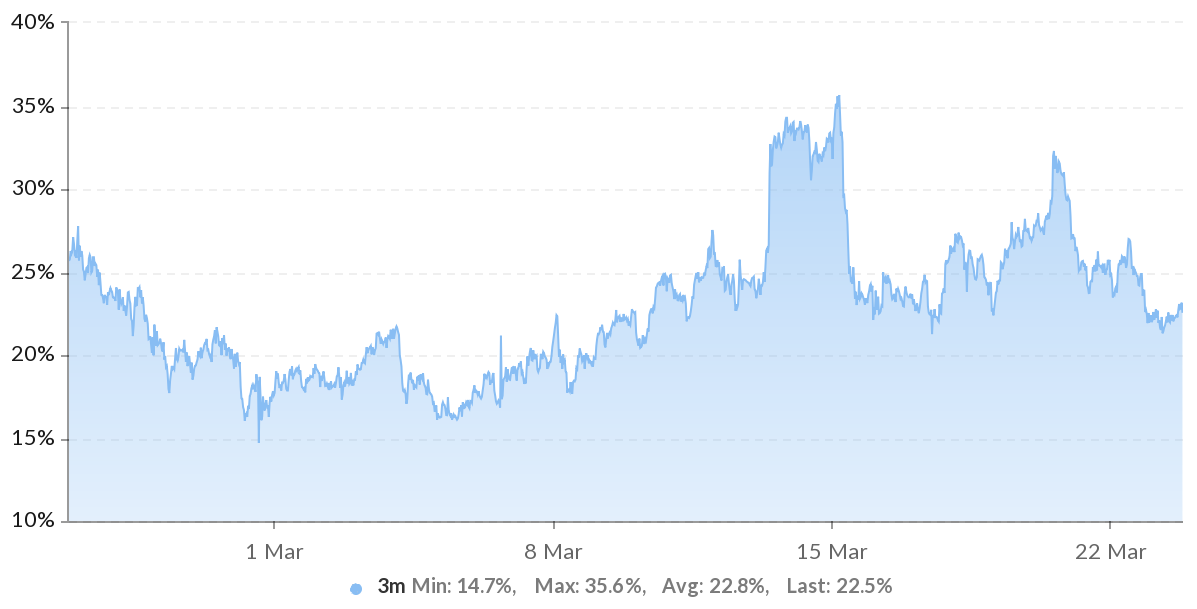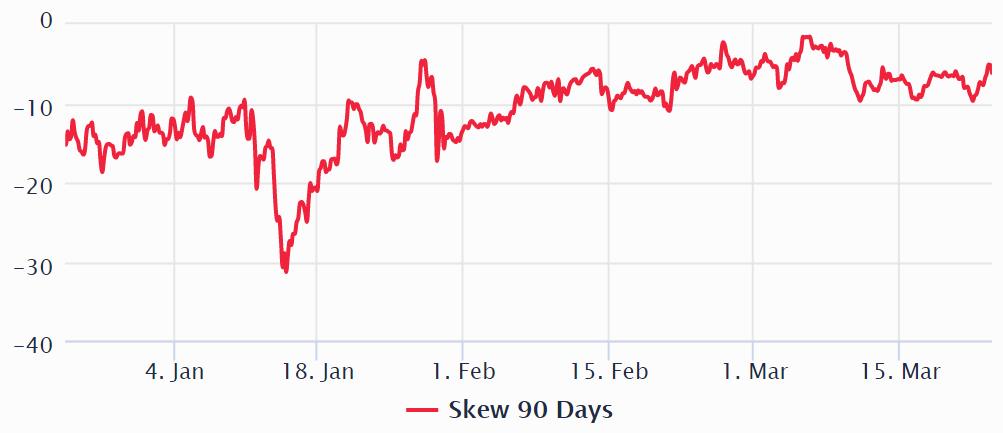Ether (ETH) lost the $1,750 support on March 22, which marked a 7% loss and $230 million worth of futures contract liquidations. It has been holding near the strong support at $1,670, although investors are unwilling to open new long positions despite the price being 11% below the previous week’s high.

To further complicate things, multiple decentralized finance (DeFi) protocols are seeking interoperable alternatives, and PancakeSwap, Binance Smart Chain’s leading application, was able to amass $4.46 billion in total value locked (TVL).
Meanwhile, Ethereum developers are trying to remedy the , aiming to reduce transaction costs. The upgrade is expected to go live on April 14, but several industry leaders, including Enjin CEO Maxim Blagov, do not expect a significant impact on the cost per transaction.
Let’s take a look at a few derivatives indicators to determine why investors’ expectations for Ether have dampened lately.
The futures premium is still bullish
“Basis” is frequently referred to as the futures premium, and it measures the gap between longer-term futures contracts and the current spot market levels.
A 10% to 20% annualized premium (basis) is interpreted as neutral, known as “contango.” This price difference reflects the arbitrage opportunity cost, usually stablecoin staking rates.
On the other hand, whenever this indicator fades or turns negative, it indicates that the market is quickly turning bearish.

Considering the 10% price drop since the $1,850 peak on March 20, the futures premium remaining healthy is a bullish indicator.
The options skew has been neutral since Feb. 5
Although futures markets have been bullish over the past two weeks, options traders are uncomfortable offering downside protection. Call options allow the buyer to acquire Ether at a fixed price on contract expiry. On the other hand, put options provide insurance for buyers and protect against price drops.
Whenever market makers and professional traders are leaning bearish, they demand a higher premium on put (sell) options. This trend causes a positive 25% delta skew indicator.

Thus, there is no evidence that options traders are bullish, in contrast with ETH futures markets.
This data is not worrisome, considering that Ether has gained 74% in 2021. After strong rallies, it is natural for traders to seek protection from eventual price adjustments.
The $1,670 support seems to be holding, but it would also not be surprising if Ether tested lower levels before rebounding to retake the critical $1,800 psychological barrier.
The views and opinions expressed here are solely those of the author and do not necessarily reflect the views of Cointelegraph. Every investment and trading move involves risk. You should conduct your own research when making a decision.









Leave A Comment